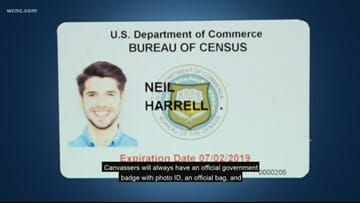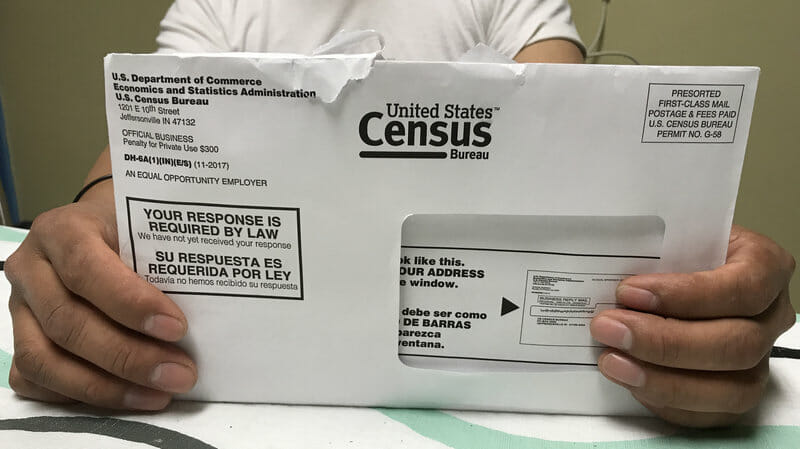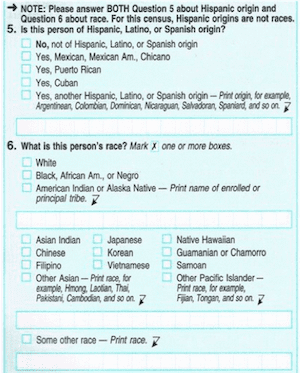You Count!

 Here comes the 2020 Census. It is a head count of everyone living in America on April 1, 2020.
Here comes the 2020 Census. It is a head count of everyone living in America on April 1, 2020.
Starting on March 12, the 2020 Census begins. Mailings go out March 12-20. In April, the door-knocking in student areas begins. In May, the door-knocking is fully launched.
If you want a job for a month or so, here’s the info for being a census taker.
If you don’t want someone knocking on your door, complete the form!
Completing the Census is important.
Greater Boston has groups of people who are typically under-counted: immigrants, students, and minor children. If you know adults in these groups, please encourage them to complete the form.
More than $1.5 trillion in federal funding to state and local governments is parceled out based on census data. If you aren’t counted, the town or city you live in will not be funded to serve you.
These include Medicare, Federal student loan programs, highway planning and construction, SNAP (used to be called food stamps), low- and moderate-income housing, Section 8 (subsidized housing), TANF (temporary aid to needy families), and grants to local education agencies.
The 2020 Census also affects electoral districts. The more people in a state, the more representation the state has in the Federal government. There are approximately 711,000 people per Congressman in the US House of Representatives.
Completing the 2020 Census is safe.
Title 13 is the census code. This code requires that your personal data (your name, age, ethnicity, race, and household configuration) is withheld from everyone for 72 years. After that, historians can go at it!
No information about you and your household is open to government agencies. Requests to modify this, and allow government agencies to see this data, have been denied in the past three years; the courts are in favor of keeping the census data private. The only data that is released is the collective data about who lives in a town.
 Census takers will have a picture ID. Here’s how you know they are for real.
Census takers will have a picture ID. Here’s how you know they are for real.
Census takers will not ask for any information beyond the questions I discuss below. There is no citizenship question.
Completing the 2020 Census is easy.
You will be getting the form by US Post. You can answer on paper, or on line through a link in the mailer. If you answer, you are done. No one comes to your door.
Some of the questions are less than perfect. Over the years, the questions change as little as possible. The goal is to keep an accurate record of who lives in America, over time. They are slightly redundant, in order to count people who could be missed, while still avoiding double-counting. Here are the questions:
How many people were living or staying in this house, apartment, or mobile home on April 1, 2020? Were there any additional people staying here on April 1, 2020?
This is the basic count. Everyone is counted as of April 1. If someone is staying with you, and won’t be counted elsewhere, they get counted at your place. There will be census workers counting homeless people that night.
Is this house, apartment, or mobile home rented, owned/mortgaged?
This becomes historical information later about home ownership in 2020.
What is your telephone number?
Redundancy will be tracked by name and phone number. That’s why they want your phone number. Your phone number is much better protected here than when you buy something on line and give it to a company!
What is Person 1’s name?
Person one is head of the household. If you are living in a non-traditional configuration with shared leadership, pick someone. This data will translate into facts such as “47% of households in Cambridge were headed by women.”
What is Person 1’s sex?
This is still limited to two genders. There is hope! The 2020 Census recognizes same-sex couples, when the 2010 Census did not acknowledge them.
What is Person 1’s age and what is Person 1’s date of birth?
This is important demographic information for future historians.
 Is Person 1 of Hispanic, Latino, or Spanish origin?
Is Person 1 of Hispanic, Latino, or Spanish origin?
This is different from race. Therefore, it needs to be asked separately.
What is Person 1’s race?
Yes, this is question riddled with ambiguity. Do your best. Use “other” categories, as needed.
Print name of Person 2.
This is simply counting people.
Does this person usually live or stay somewhere else?
This is to double-check that they are not being double counted.
How is this person related to Person 1?
This identifies additional people in your household further, without asking for phone numbers of each one.
Things to consider, when completing this form:
This is a head count, as of April 1, 2020.
- If you are a student, you are living near your college on April 1, even if you vote in your parent’s district.
- If you moved in or out recently, use your current address.
- Parents who share custody should decide who is counting the children, who live in both homes.
- Your landlord cannot see your information for 72 years, so if you have extra people staying with you, they should be counted.
Choose the answers that best match your situation.
The sex, ethnicity, and race questions may be imperfect matches for who you are. Do you best. You are adding to demographic history. Consider how you’d like to be counted.
You are required to complete a 2020 Census form accurately, to the best of your knowledge. Answer as many questions as your can, as accurately as you can. Incomplete forms may trigger follow-up phone calls and visits.